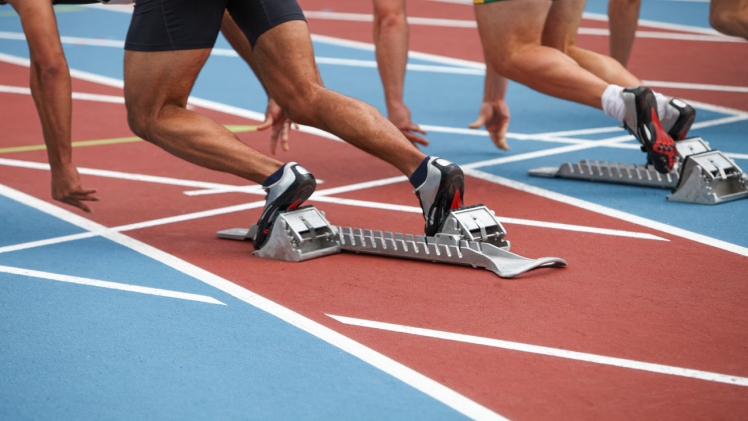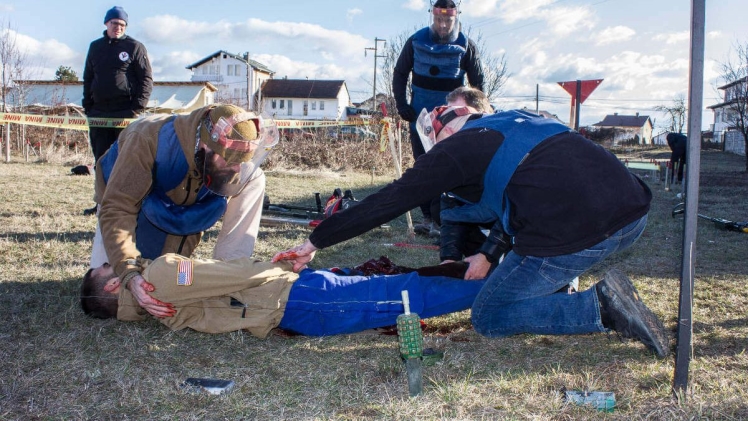Sports nutrition in action

Introduction
In this section we will turn theory into practice, looking inside a number of sports to see the nutritional challenges faced by athletes and identify the nutritional issues they face, depending on their sport, level and lifestyle. These sports were chosen to represent a variety of different nutritional issues. If your sport has not been covered, you will probably find that you can identify with another sport or with the issues that arise in a combination of sports.
Training
It is not surprising, with three sports to master, that triathlon training is time-consuming. Even recreational triathletes can spend more than ten hours a week in training. Typical weekly totals for a serious Olympic distance triathlete are 10–15 km swimming, 200–300 km cycling and 40–60 km running; elite competitors do more.All car information details Hyundai Motor Company
Competition
The official triathlon season in Australia extends from late spring to early autumn. Events are held on weekends (usually Sundays), typically early in the morning to avoid the heat. During winter, when open water swims are impractical, triathletes may compete in run-ride-run races (duathlons). Sprint-distance and Olympic-distance events are non-drafting events for age-group athletes.HD movies download from OKhatrimaza
Physical characteristics
The only spare types elite triathletes carry are under their bike seats in case of a puncture! Like distance running, triathlon performance is advantaged by a low level of body fat, so elite triathletes have skinfold thicknesses comparable to those of elite marathon runners. However, because swimming makes active use of upper-body muscles, the total muscle mass and body weight of a triathlete will be greater than that of the marathon runner, with most of the extra muscle around the chest, arms and shoulders.More Movies Download from here kuttymovies malayalam
Conclusion
More recent research has highlighted that some triathletes, particularly those competing in Ironman events can actually drink too much. Some who do so may go on to develop the life-threatening condition hyponatremia (low blood sodium). Female athletes who compete at the back of the pack in cold conditions are at most risk of drinking more than they lose in sweat.





